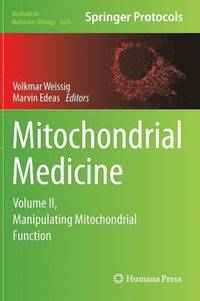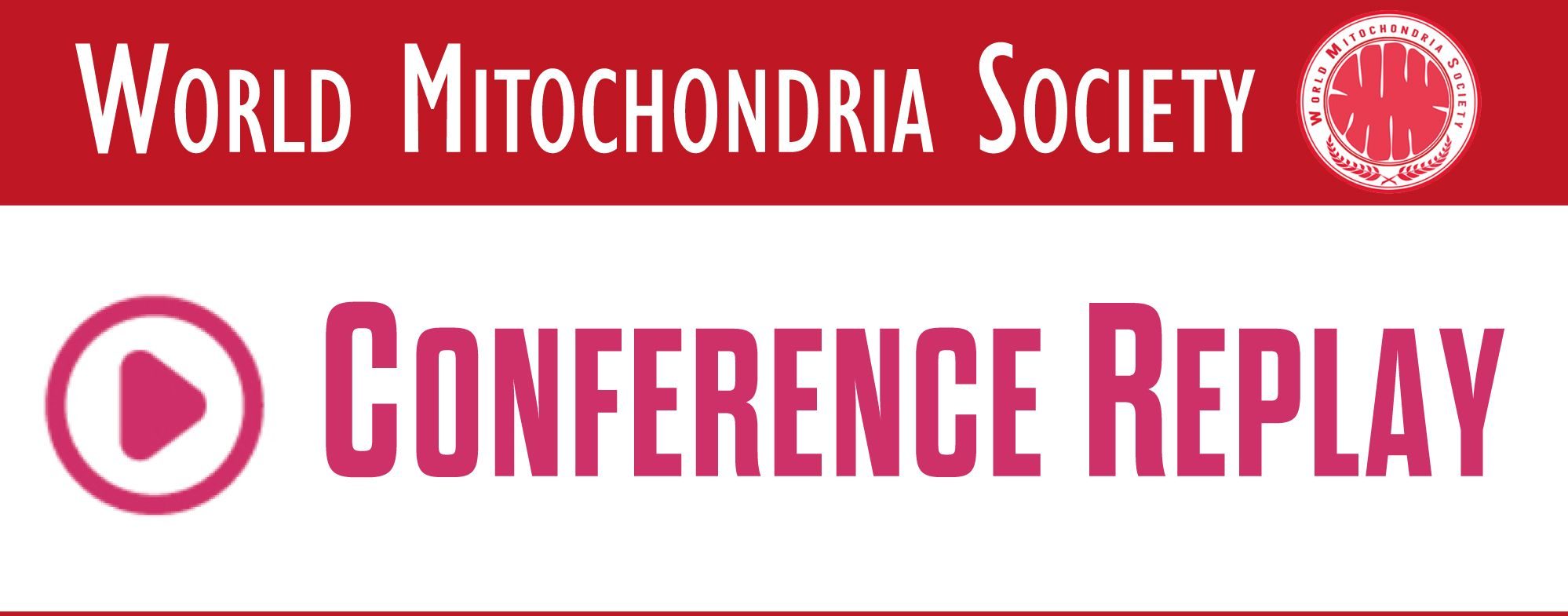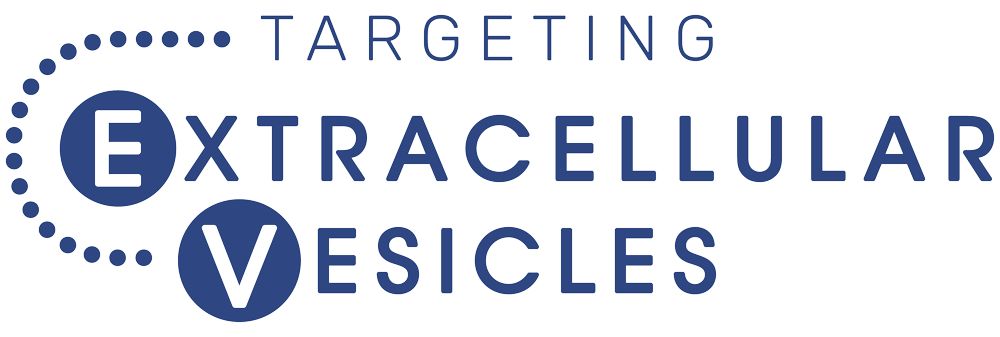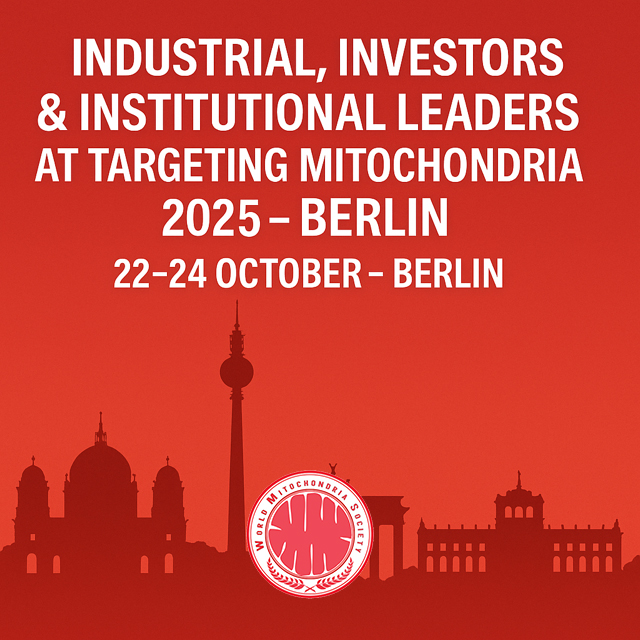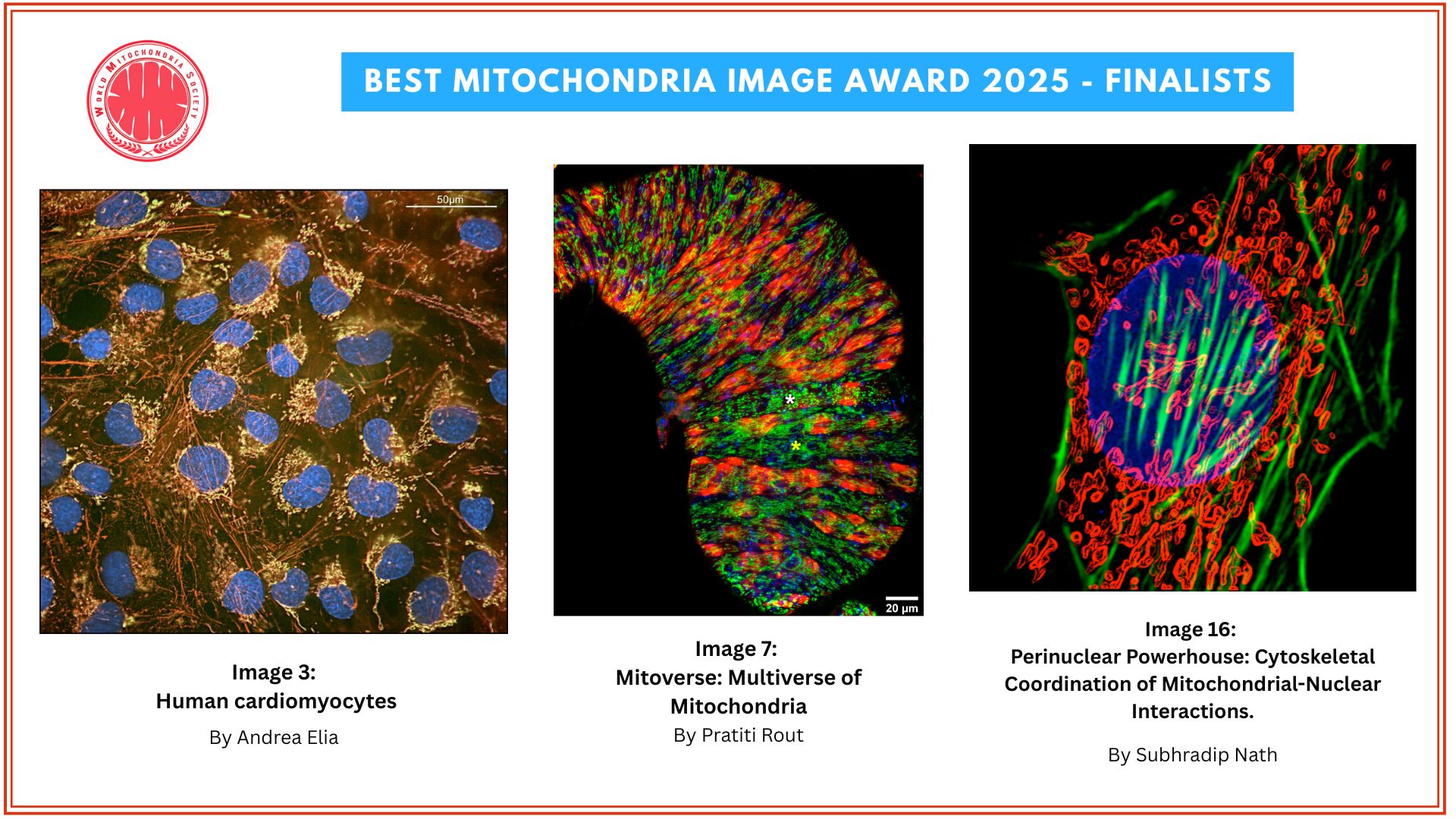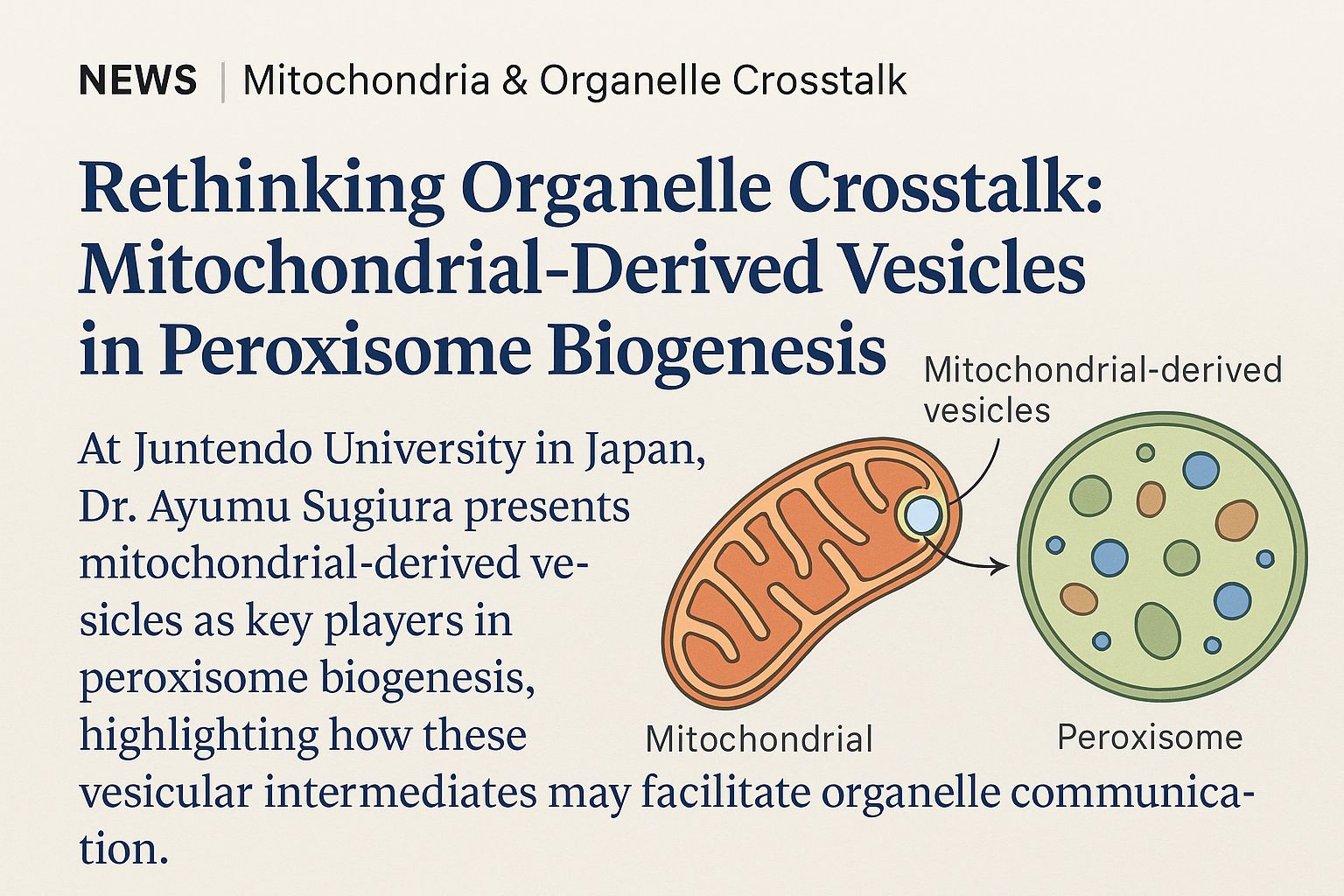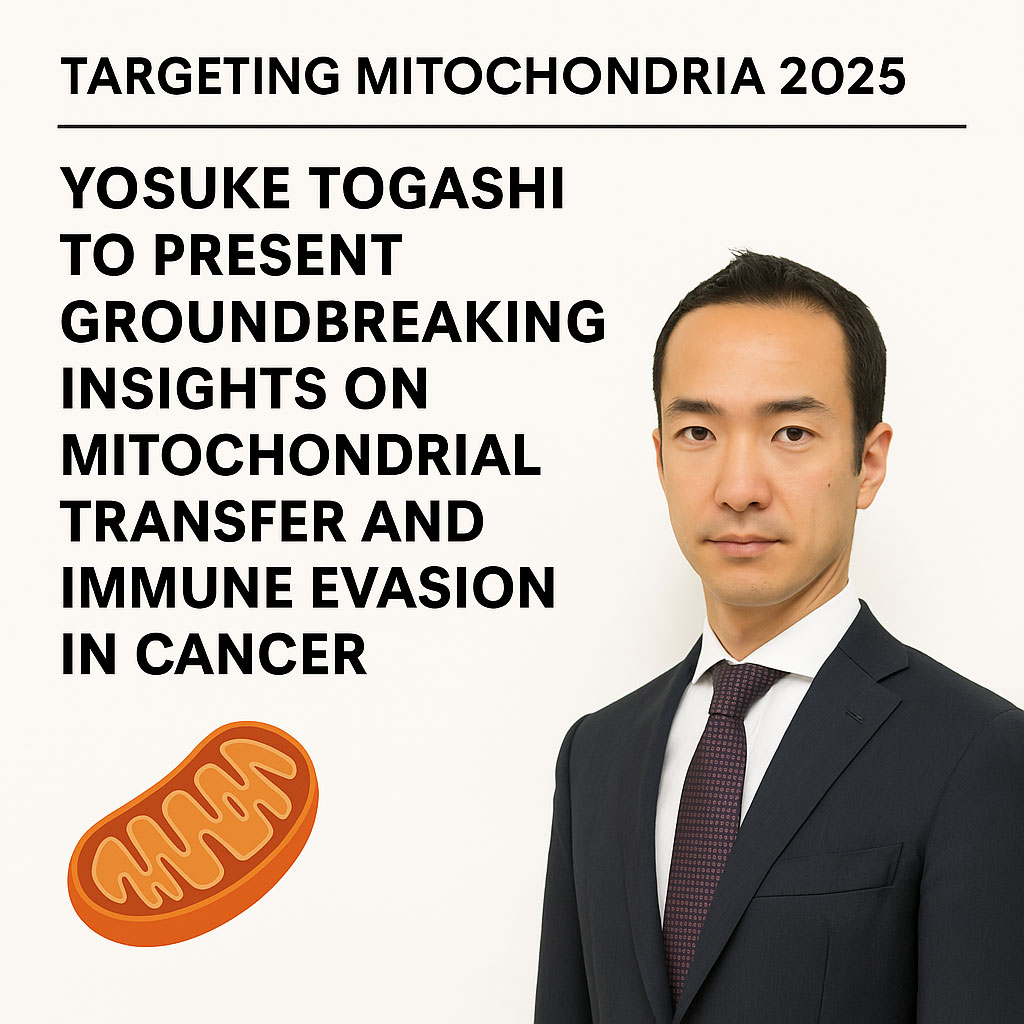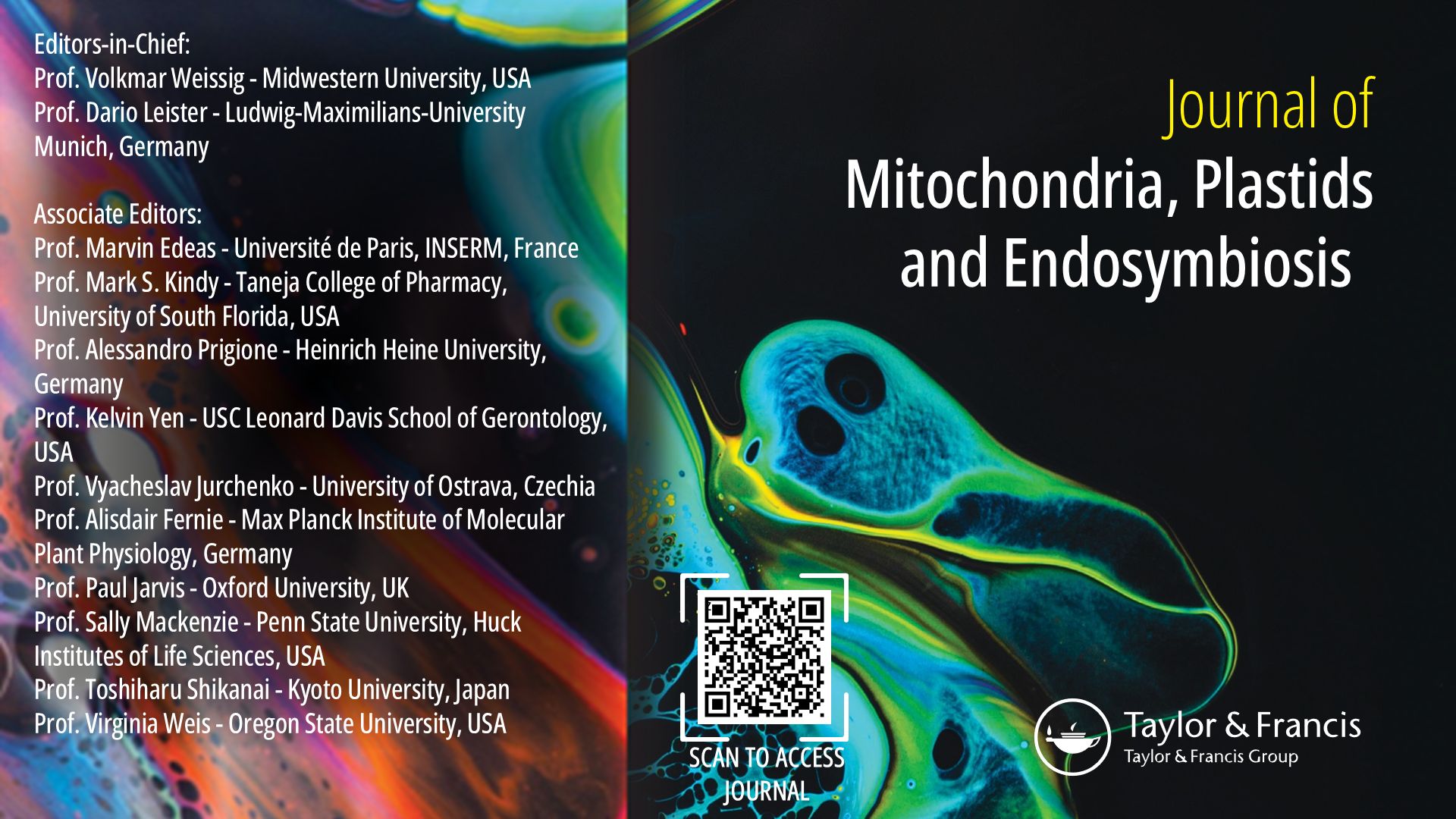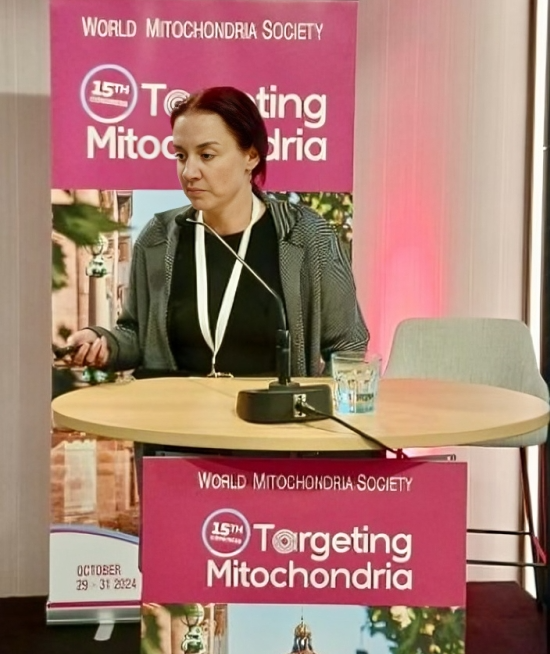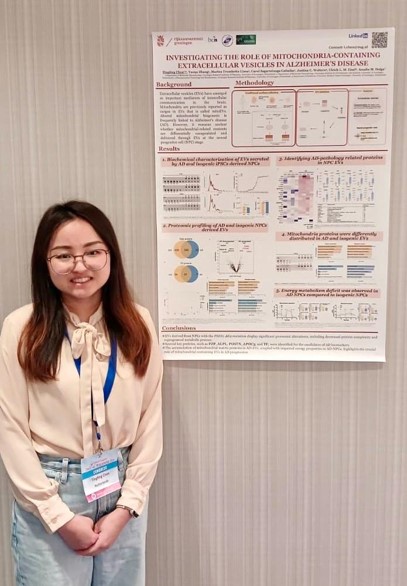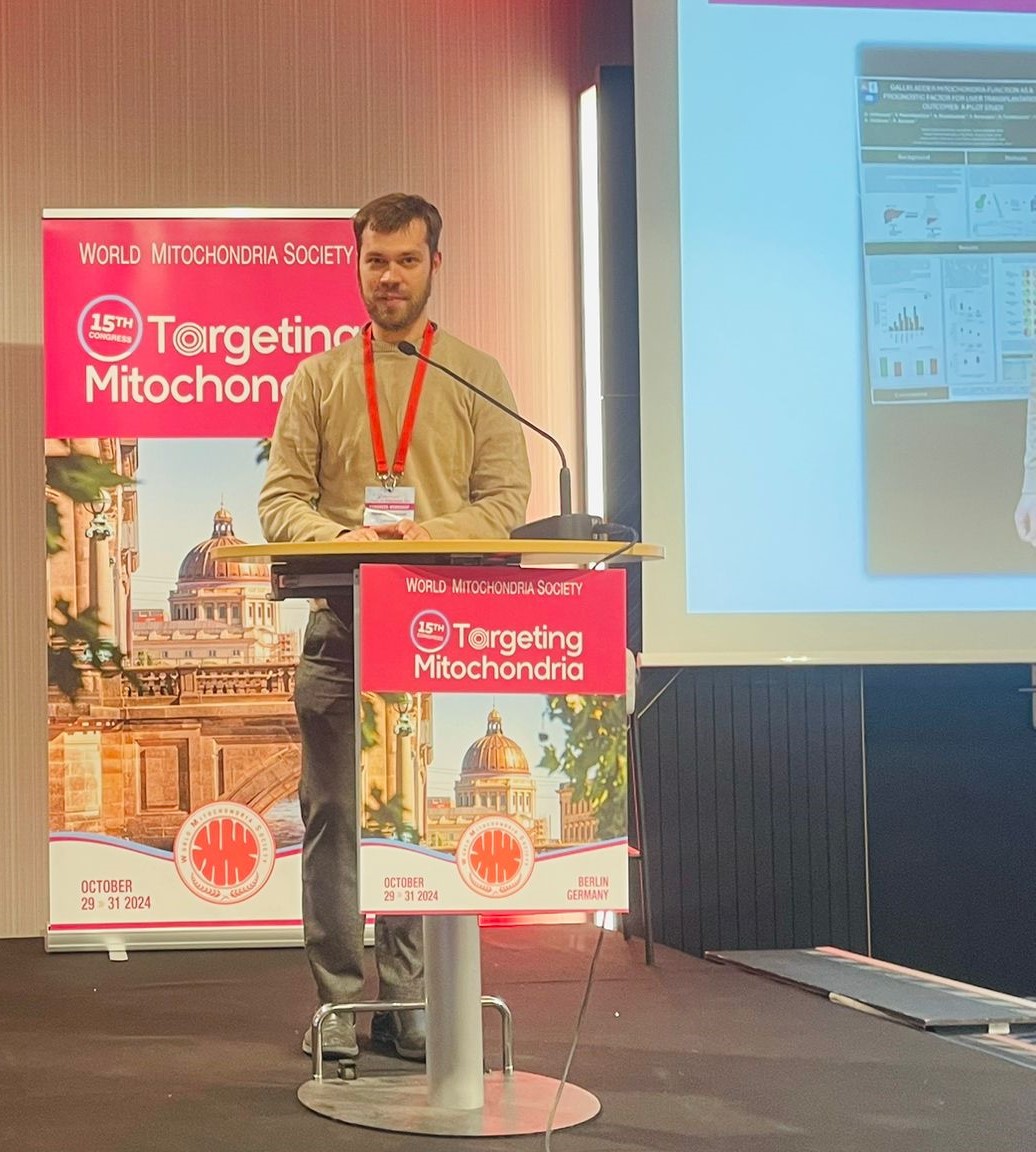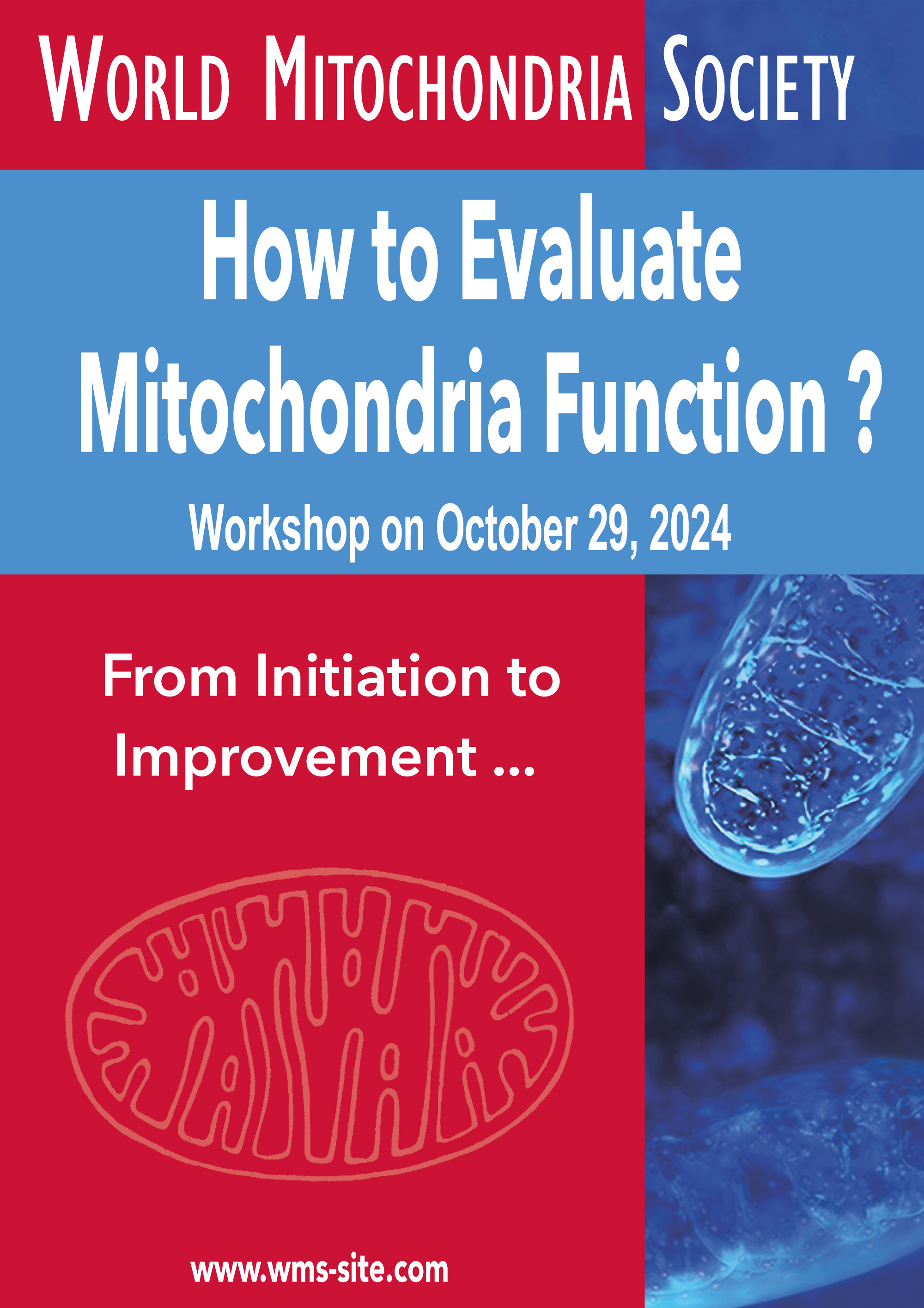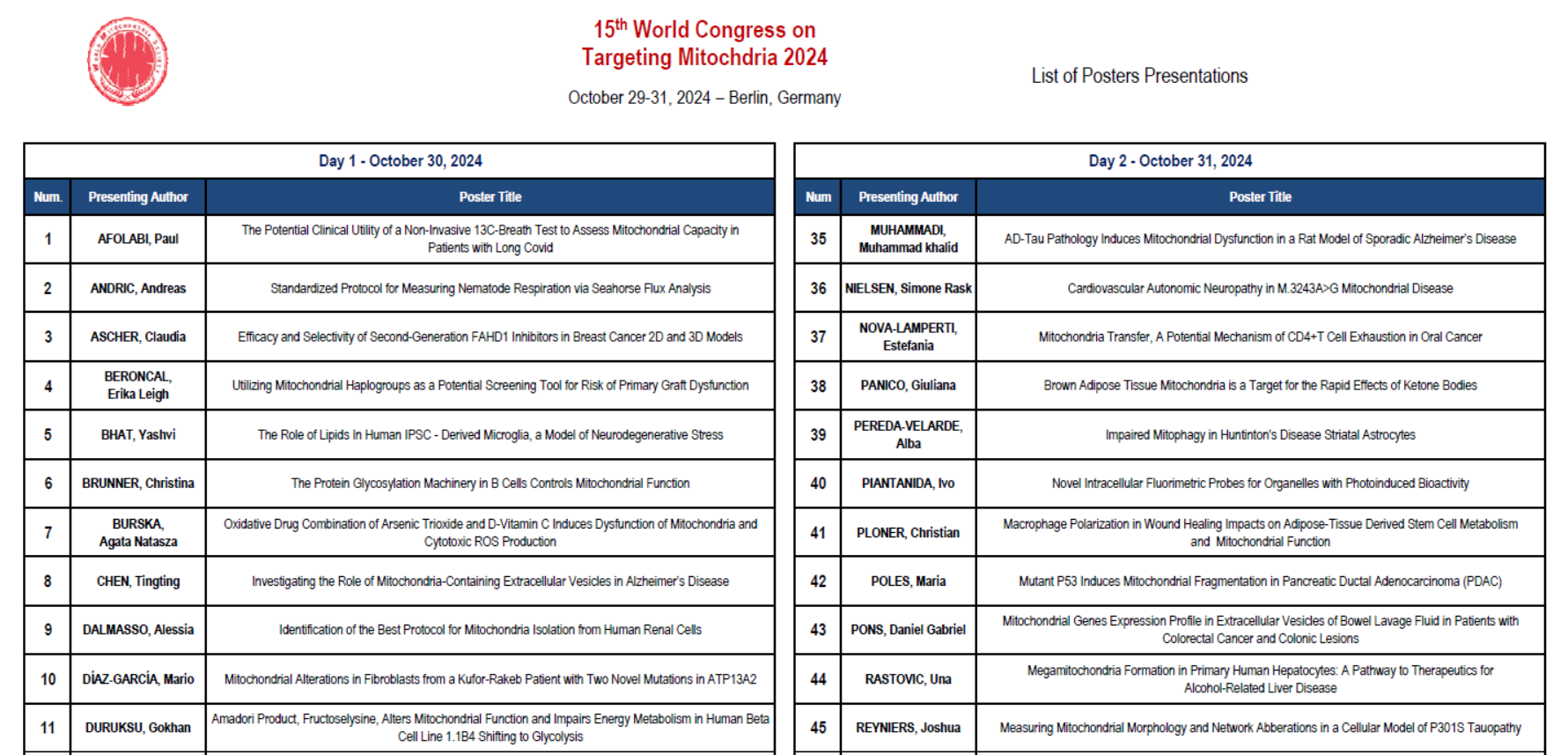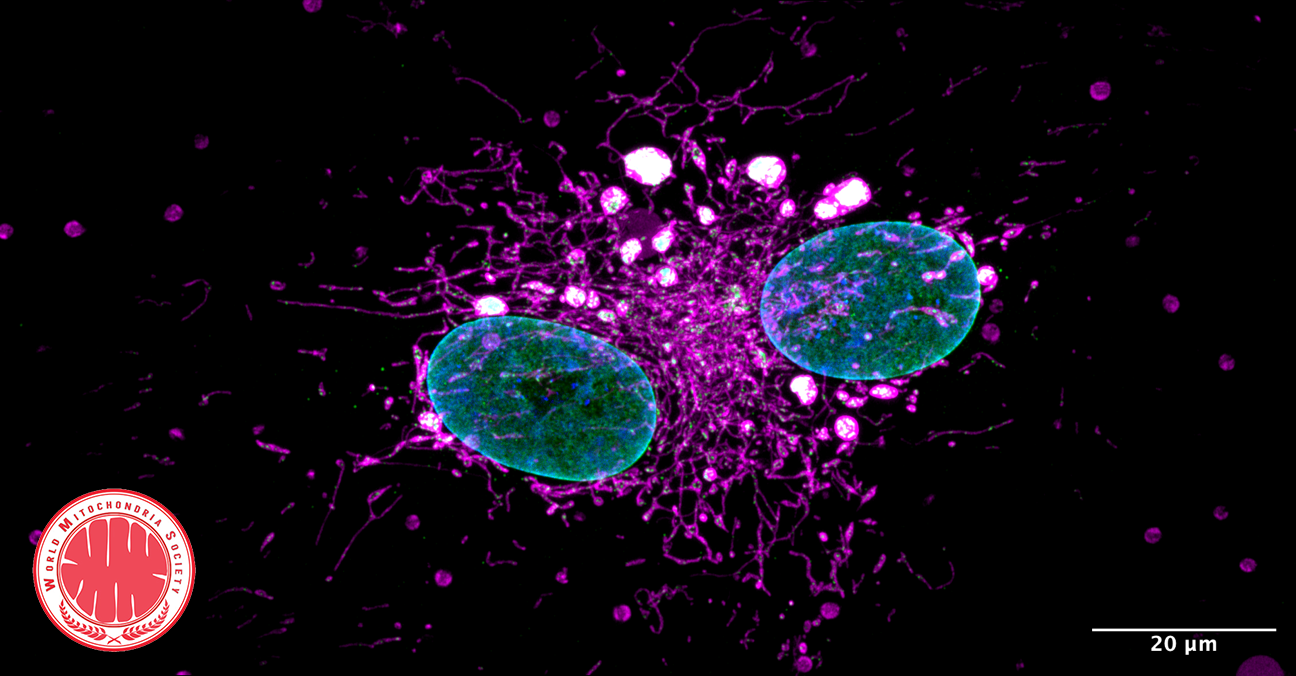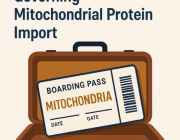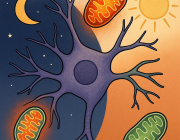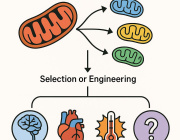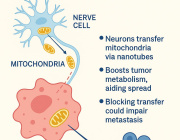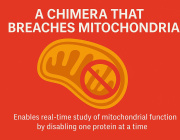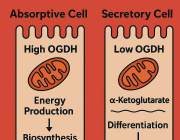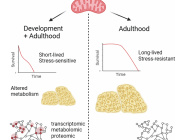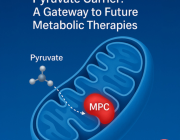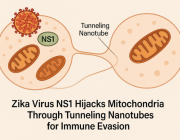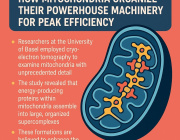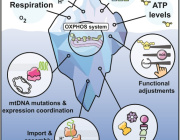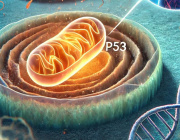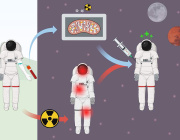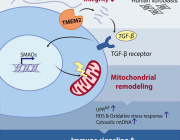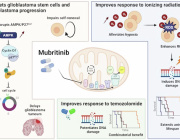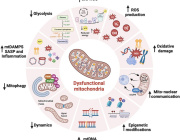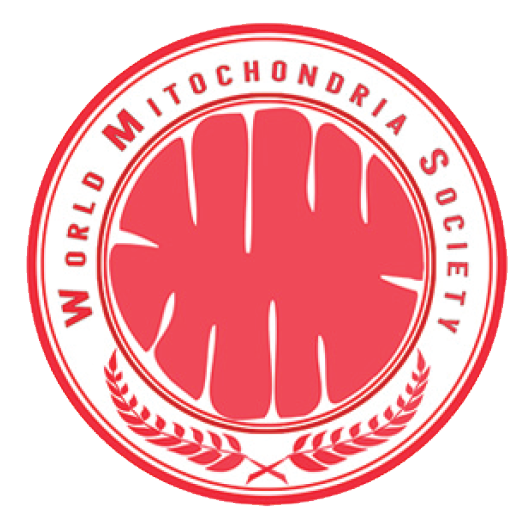iPSC-based drug discovery for neurological mitochondrial disease: presentation of recent scientific data
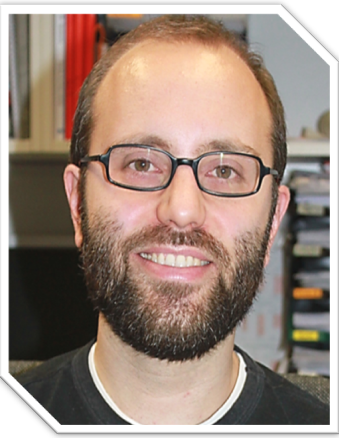
Mitochondrial DNA (mtDNA) mutations frequently cause neurological diseases. Modeling of these defects has been difficult because of the challenges associated with engineering mtDNA. Patient-derived induced pluripotent stem cells (iPSCs) allow the development of innovative cellular models in a personalized approach.
During Targeting Mitochondria World Congress, Dr Alessandro Prigione from Max Delbrueck Center for Molecular Medicine, Germany will discuss the potential benefits of patient iPSCs for drug discovery of neurological mitochondrial diseases.
To access to the preliminary agenda, please click here.
Dr Yuri Takeda will talk about the prevention of mitochondrial disease transmission
 Dr. Yuko Takeda from The Newcastle University, United Kingdom will participate to the Targeting Mitochondria World congress 2017 and present her & her team's study on "Early pronuclear transfer to prevent mitochondrial DNA disease".
Dr. Yuko Takeda from The Newcastle University, United Kingdom will participate to the Targeting Mitochondria World congress 2017 and present her & her team's study on "Early pronuclear transfer to prevent mitochondrial DNA disease".
According to Dr Takeda, the mutations in mitochondrial DNA (mtDNA) are maternally transmitted and are associated with a broad range of debilitating and fatal multisystem diseases. There are currently no effective treatments for mtDNA disease, however, there has been much interest in the potential of reproductive technologies to prevent transmission. One approach involves the transfer of pronuclei from the fertilized egg of an affected woman to that of a healthy donor, termed pronuclear transfer (PNT).
More information about the congress: www.targeting-mitochondria.com
Mitochondrial ROS and longevity: Recent scientific advances
 Ana Lechuga-Vieco, researcher from Fundación Centro Nacional de Investigaciones Cardiovasculares, Spain will talk about her study on "Mitochondrial ROS and longevity: Recent scientific advances" during 8th World congress on Targeting Mitochondria.
Ana Lechuga-Vieco, researcher from Fundación Centro Nacional de Investigaciones Cardiovasculares, Spain will talk about her study on "Mitochondrial ROS and longevity: Recent scientific advances" during 8th World congress on Targeting Mitochondria.
According her reseach, she summarize her talk: "Animal models with identical nuclear genomes but with different mtDNA haplotypes (conplastic mice) generate functionally different OXPHOS systems that shape the organismal metabolism, supporting the conclusion that different mtDNA wild type haplotypes are phenotypically relevant. We report that mtDNA haplotype profoundly influences reactive oxygen species generation, energy homeostasis metabolism, and ageing parameters among others, resulting in different healthy longevities of conplastic strains. The existence of intrinsic mismatch between mtDNA and nDNA reveals lifelong metabolic consequences."
For more information, please visit www.targeting-mitochondria.com
Mitochondrial dysfunction play a key role in the pathophysiology of Alzheimer Disease
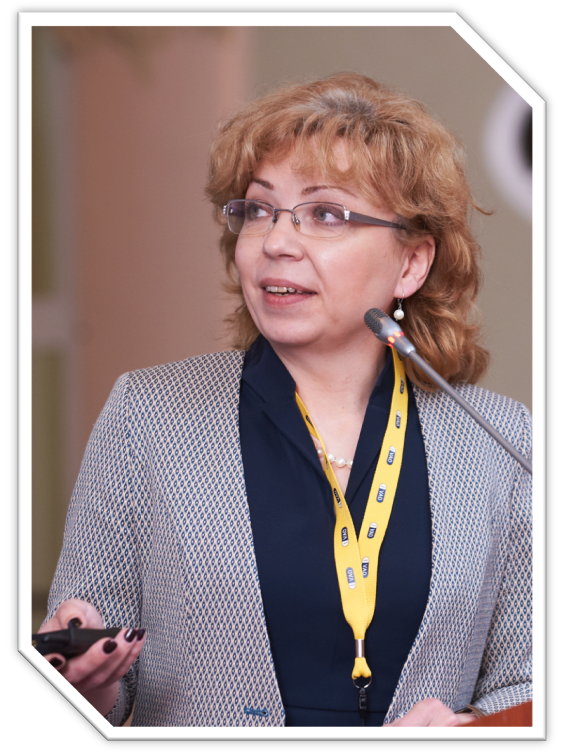 Dr Natalia Stefanova, from the Institute of Cytology and Genetics, Novosibirsk, Russia will tell about their recent experimental research that support that mitochondrial dysfunction play a key role in the pathophysiology of Alzheimer Disease (AD) and that therapies with target mitochondria are potent to normalize a wide range of cellular signaling processes and therefore slow the progression of AD. She studied the role of mitochondria in the pathophysiology of this disorder using OXYS rats that simulate key characteristics of sporadic AD. It was shown that treatment with mitochondria-targeted SkQ1 via improvement of structural and functional state of mitochondria is able to alleviated the structural neurodegenerative alterations, prevented the neuronal loss and synaptic damage, increased the levels of synaptic proteins, enhanced neurotrophic supply, and decreased amyloid-β1-42 protein levels and tau hyperphosphorylation in the hippocampus of OXYS rats, resulting in improvement of the learning ability and memory.
Dr Natalia Stefanova, from the Institute of Cytology and Genetics, Novosibirsk, Russia will tell about their recent experimental research that support that mitochondrial dysfunction play a key role in the pathophysiology of Alzheimer Disease (AD) and that therapies with target mitochondria are potent to normalize a wide range of cellular signaling processes and therefore slow the progression of AD. She studied the role of mitochondria in the pathophysiology of this disorder using OXYS rats that simulate key characteristics of sporadic AD. It was shown that treatment with mitochondria-targeted SkQ1 via improvement of structural and functional state of mitochondria is able to alleviated the structural neurodegenerative alterations, prevented the neuronal loss and synaptic damage, increased the levels of synaptic proteins, enhanced neurotrophic supply, and decreased amyloid-β1-42 protein levels and tau hyperphosphorylation in the hippocampus of OXYS rats, resulting in improvement of the learning ability and memory.
More information: www.targeting-mitochondria.com
Creation of a designer molecule to target and silence mitochondrial gene transcription
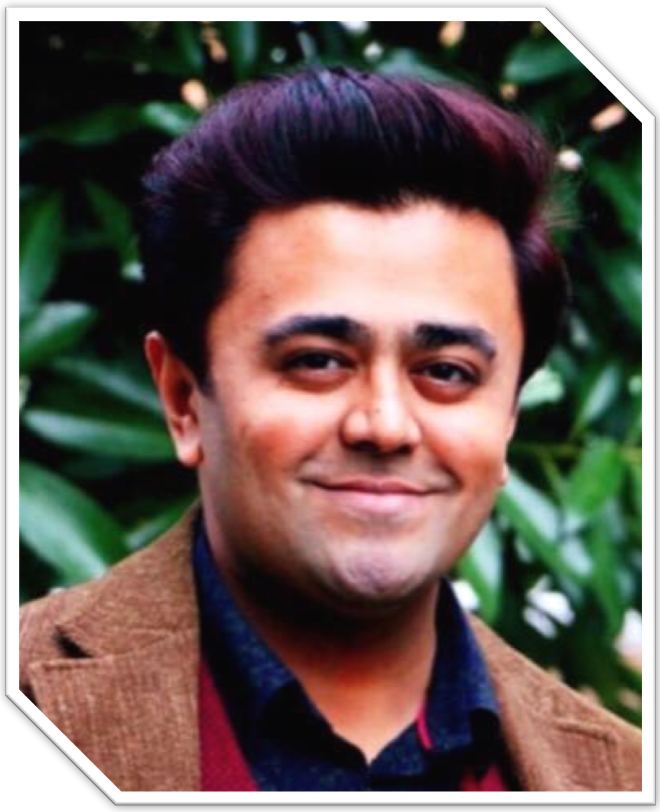
Dr. Ganesh Pandian Namasivayam from Kyoto University, Japan will present his research on "Creation of a designer molecule to target and silence mitochondrial gene transcription'' during Targeting Mitochondria 2018 congress.
According to Dr Namasivayam: "Harnessing the sequence information about the mitochondrial gene transcription, we created a synthetic designer molecule termed MITO-PIP that can selectively localize inside mitochondrion and recognize the target DNA sequence. MITO-PIP triggered targeted transcriptional suppression in HeLa cells by inhibiting the mitochondrial transcription factor A to the light-strand promoter. Currently, we are advancing our designer molecule to gain control over mitochondrial gene expression."
For more information, please visit www.targeting-mitochondria.com
How to regulate cardiac excitation-contraction-bioenergetics coupling by mitochondrial fission protein Drp1?
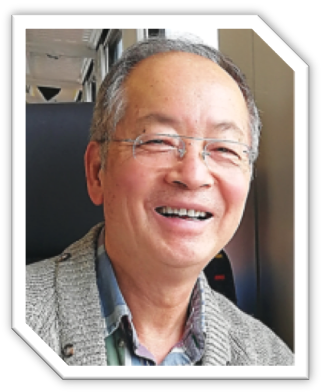
"Studies have shown that Drp1 is abundantly expressed in adult cardiac myocytes. Paradoxically, compared to numerous cell types, adult cardiac myocytes exhibit very low frequency in mitochondrial fission. In this presentation, I will describe the mechanisms of non-canonical (fission-independent) roles of Drp1 in regulating cardiac bioenergetics during the heartbeats."
Prof Shey-Shing Sheu from Thomas Jefferson University, USA will talk about the regulation of cardiac excitation-contraction-bioenergetics during Targeting Mitochondria 2017 world congress which will be held in Berlin, Germany.
More information: www.targeting-mitochondria.com
Targeting mitochondria by small RNAs: update and prospects

Mitochondria import a variety of macromolecules encoded in nuclear DNA and addressed in the organelle via complex targeting and translocation mechanisms. Among these small non-coding RNA are of particular interest since they are the unique natural pathway to deliver nucleic acids in mitochondria, and can therefore be exploited to address pathogenic mtDNA mutations. So far, neither the extent of its expansion, nor the precise molecular mechnism of this targeting is fully understood. In this talk, Dr. Ivan Tarassov from the University of Strasbourg, France will expose new data on the variety of mitochondrially imported RNA in human cells and discuss new possible strategies exploiting this pathway.
This talk will be presented during the 8th World Congress on Targeting Mitochondria 2017.
More information: www.targeting-mitochondria.com
Hydrogen sulfide and mitochondrial function: Presentation of the scientific advances
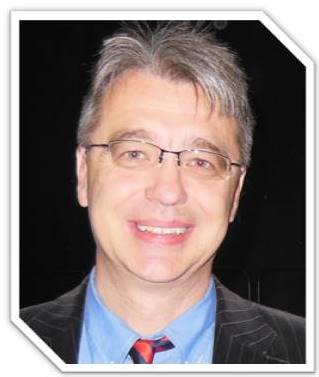 During the 8th World Congress on Targeting Mitochondria 2017, Dr. Csaba Szabo from University of Texas, USA will present his work on "Hydrogen sulfide and mitochondrial function".
During the 8th World Congress on Targeting Mitochondria 2017, Dr. Csaba Szabo from University of Texas, USA will present his work on "Hydrogen sulfide and mitochondrial function".
According to him: "H2S has emerged over the last decade as an important, endogenously produced biological mediator. Inhibition of cytochrome C oxidase is the longest known mitochondrial effect of H2S. However, work of recent years showed that H2S, at lower concentrations, acts as an electron donor to the mitochondria, and serves as an inorganic substrate for mitochondrial electron transport. Additional mitochondrial effects of H2S include the stimulation of mitochondrial electron transport via inhibition of mitochondrial phosphodiesterase 2A, and activation of Complex V via sulfhydration. In some disease conditions (e.g. ischemia, vascular disease, diabetic complications), H2S levels are decreasing and H2S donation can exert therapeutic effects. In other conditions, the idea that H2S can be used to induce an on-demand metabolic suppression ("hibernation") has been proposed. In yet other conditions (e.g. inflammation, septic shock, burn injury and certain forms of cancer), H2S overproduction occurs and H2S biosynthesis inhibitors may be a therapeutic approach of the future. The talk will overview the various mitochondrial actions of H2S and will highlight some of the physiological, pathophysiological and therapeutic implications of these processes."
More information: www.targeting-mitochondria.com





